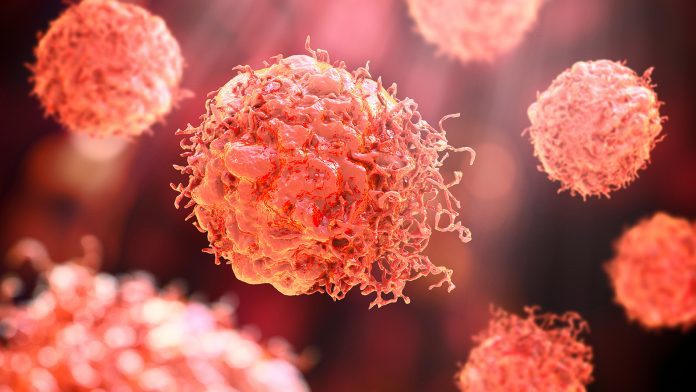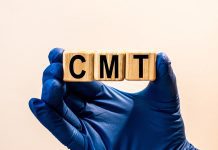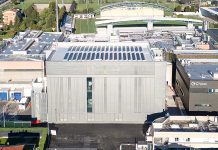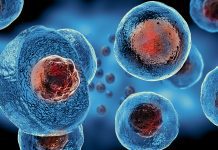
A glowing marker dye that sticks to prostate cancer cells could help surgeons remove them in real life.
Cancer Research UK scientists, based at the Nuffield Department of Surgical Sciences and the Department of Oncology, University of Oxford, Oxford University Hospitals and Oxford NIHR Biomedical Research Centre, used a fluorescent dye attached to a special marker molecule to give medics a ‘second pair of eyes‘ during surgery for prostate cancer.
Prostate cancer is cancer of the prostate gland. It is currently the number one cancer seen in men in the UK. It usually develops slowly, and symptoms do not usually appear until the prostate is large enough to affect the tube that carries urine from the bladder out of the penis.
Marker dye found cancerous tissue previously unseen
The researchers injected marker dye into 23 men with prostate cancer who were undergoing prostate removal surgery. The marker dye found areas of cancerous tissues not picked up by the naked eye or other clinical methods.
The dye allows the surgeon to remove all cancerous tissues, which could reduce the chances of cancer returning and protect healthy tissues.
The dye and the targeting molecule called IR800-IAB2M allowed the surgeon to see the edges of the tumour and identify cell clusters that have spread from the tumour into nearby pelvic tissues and lymph nodes. This guides the surgeon to remove all cancerous tissues and preserve healthy areas around the prostate. In turn, this reduces the chances that cancer will return and minimises the possibility of life-changing side effects for the patient after the operation.
The dye and marker molecule attach themselves to a protein called Prostate-Specific Membrane Antigen (PSMA) commonly found on the surface of prostate cancer cells. The molecule is made from a smaller version of an antibody called a ‘minibody’, which can only bind to PSMA and not any other molecule.
Offering new hope to prostate cancer patients
In the first stage of the ProMOTE study, 23 men diagnosed with prostate cancer were injected with the fluorescent dye before undergoing robot-assisted surgery to remove the prostate (known as a radical prostatectomy). Surgeons use an imaging system that shines a special type of light on the prostate and nearby areas to make the prostate cancer cells glow. This system was developed by an engineering team led by Professor Borivoj Vojnovic at the University of Oxford.
For many patients in the study, the dye identified clusters of cells which had spread away from the tumour and could not be seen by the naked eye.
The marker dye is currently in the early clinical development stage however, it could be used routinely by surgeons to see every part of the cancer whilst they perform surgery to remove the prostate. The imaging system could be integrated into the robot-assisted tools for prostate cancer, and the dye could be adapted for other cancer types.
Further clinical trials are ongoing with a larger group of patients to find out if the technique removes more prostate cancer and preserves more healthy pelvic tissue in comparison to other surgical methods.
Nuffield Professor of Surgery at the University of Oxford and lead author of the study, Professor Freddie Hamdy, said: “We are giving the surgeon a second pair of eyes to see where the cancer cells are and if they have spread. It’s the first time we’ve managed to see such fine details of prostate cancer in real time during surgery.
“With this technique, we can strip all the cancer away, including the cells that have spread from the tumour, which could give it the chance to come back later. It also allows us to preserve as much of the healthy structures around the prostate as we can to reduce unnecessary life-changing side effects like incontinence and erectile dysfunction.
“Prostate surgery is life-changing. We want patients to leave the operating theatre knowing that we have done everything possible to eradicate their cancer and give them the best quality of life afterwards. I believe this technique makes that possibility a reality.”









